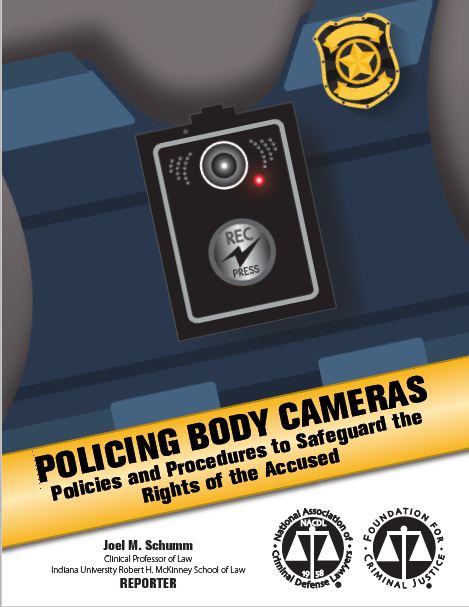Body-Worn Camera Training
The Center for Violence Prevention and Community Safety at Arizona State University (ASU) has developed this facilitator’s guide and accompanying training slides as a resource for law enforcement agencies seeking to develop or modify their body‐worn camera (BWC) training programs. These training materials should be used only as reference documents for agencies developing and deploying BWCs. They are intended to provide guidance and are not designed for yearly continuing training or academy use.

